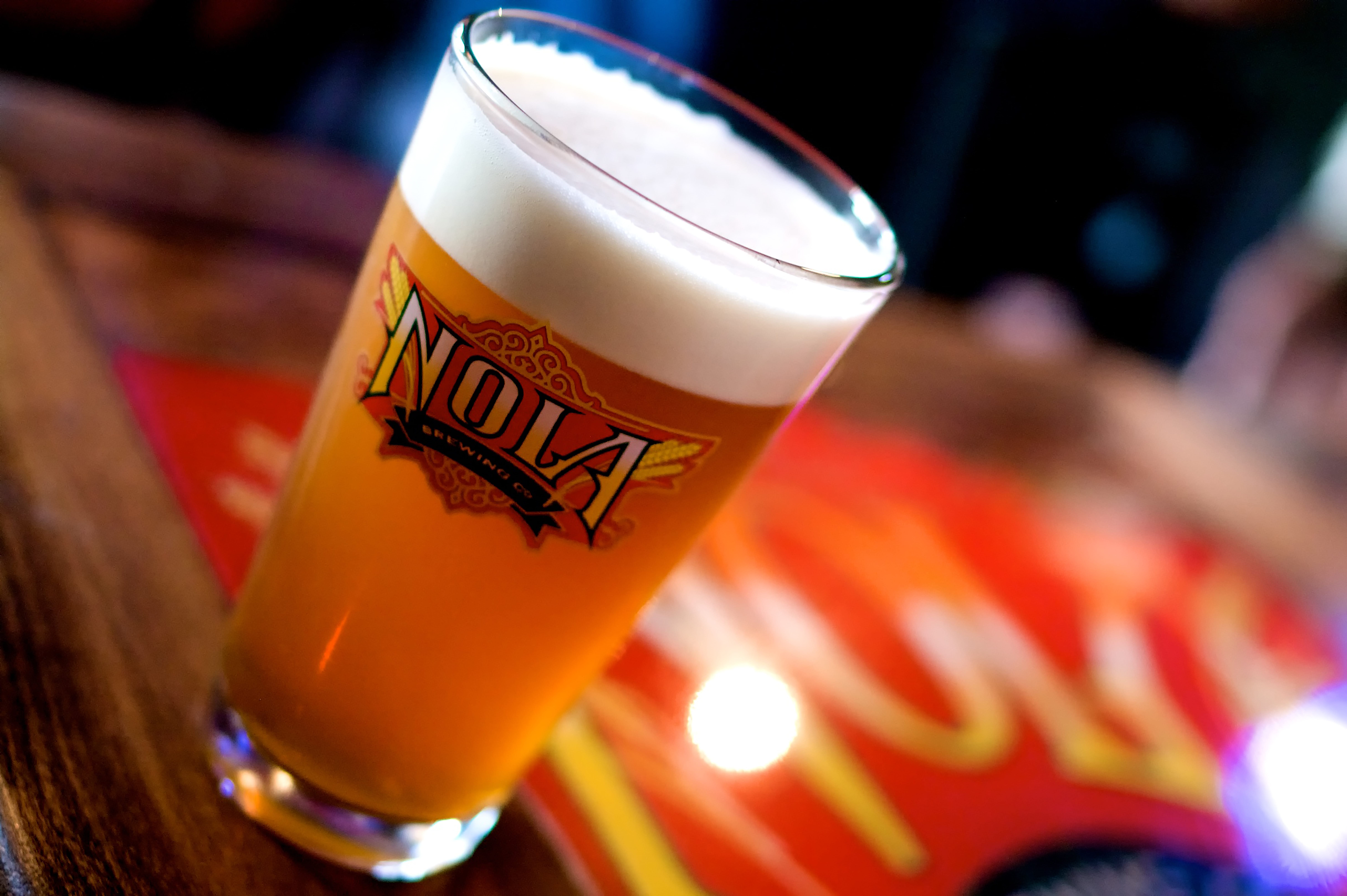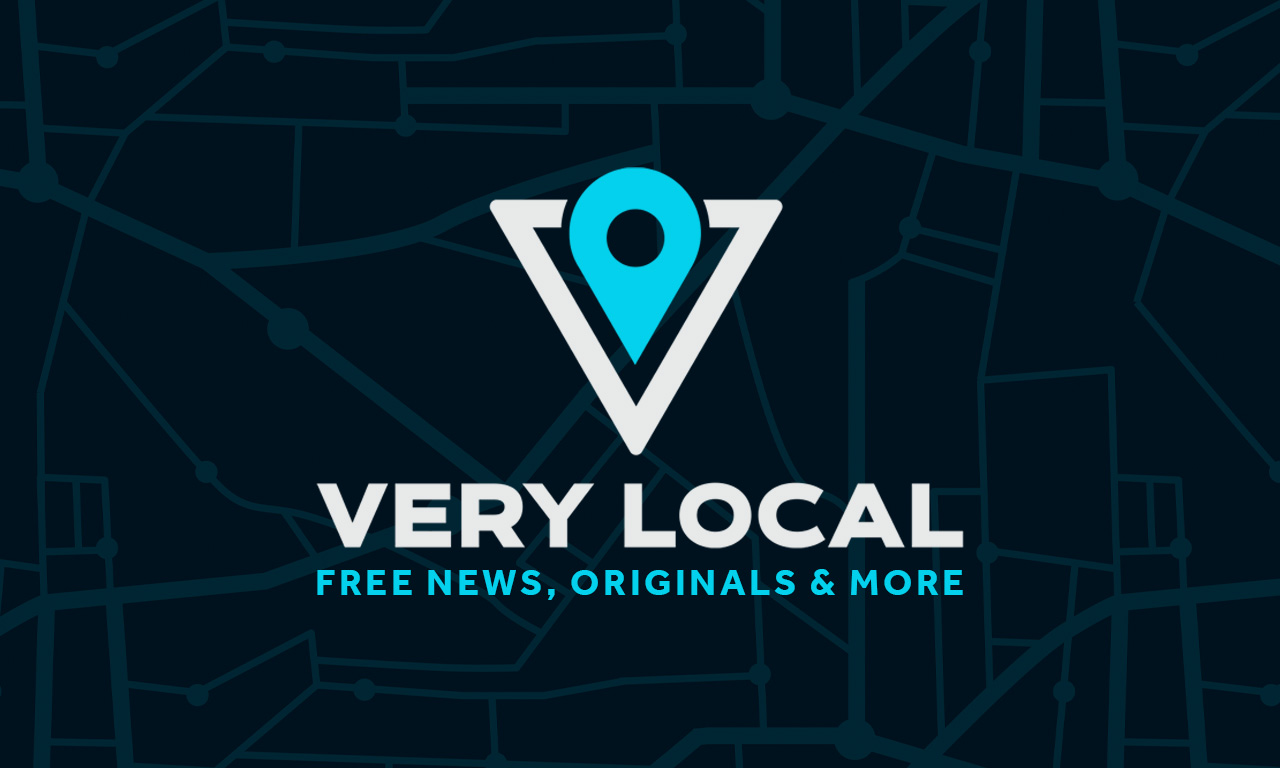The craft beer scene is blowing up in the Crescent City. Brew Orleans takes a look at local brewers to see how what they’re doing is, both, unique from — as well as indicative of — the city’s larger craft beer movement. Last time we spoke with Eric Jensen of Parleaux Beer Lab, and in this edition we’re with Dylan Lintern — president and chief operating officer of local pioneer, NOLA Brewing.
Hey Dylan! Your first job in a brewery was as director of finance at Firehouse Brewing Co., out in San Diego. Did you learn anything in that job that’s stuck with you?
“Well, they’re out of business now, so I learned a lot about what not to do.”
Ouch, like what? Anything that we can see in the way NOLA Brewing operates today?
“Absolutely! It’s all about the quality of your beer. Firehouse, however, was more focused on their story.
“There were dozens of breweries across San Diego, so your story can help set you apart. Theirs was that all their beers were firefighter-themed, and sales benefited fire departments across the city. That’s awesome. But the quality of beer didn’t back it up. With so much competition, at the end of the day, if you’re brewery isn’t producing great beer, customers aren’t going to come back. I learned that lesson there, and it’s our No. 1 priority at NOLA.”
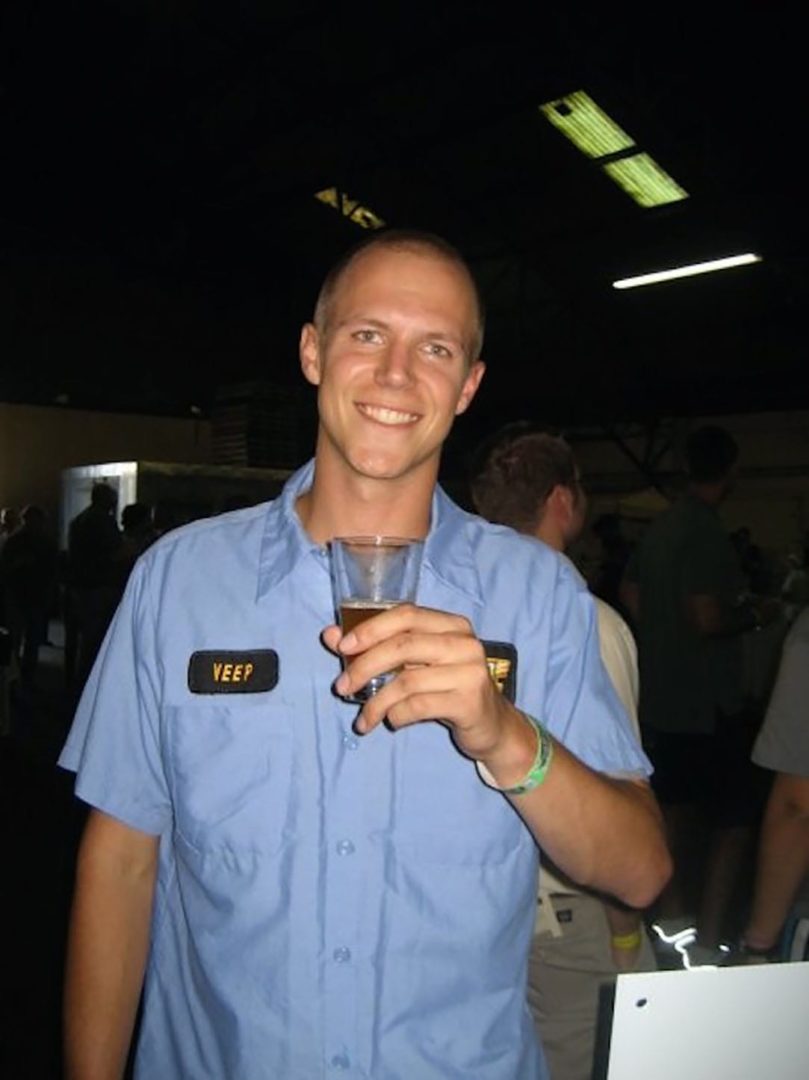
How can we see that in what you do today?
“If we don’t love the beer we make, we dump it down the drain. We’ve worked so hard over the last 11 years to get our customers to trust they’ll enjoy our product. So if we make a batch that isn’t up to our standards, it’s not getting to market. We’ve dumped more than 500 barrels of beer and — while it doesn’t feel good — it’s the right thing to do.”
11 years — Back then, there was no other craft beer scene in town. What was it like starting a brewery in that environment?
“Forget ‘no craft beer.’ Back in 2008, there was really no New Orleans beer, period! Abita was the closest thing, but of course, they don’t brew in the city.
“And that’s actually part of our origin story. Our founder, Kirk Coco, was drinking a Dixie Beer and realized that — post-Katrina — this ‘New Orleans beer’ was actually being brewed in Wisconsin. He was pissed there was no brewery in New Orleans and he wanted to change that.”
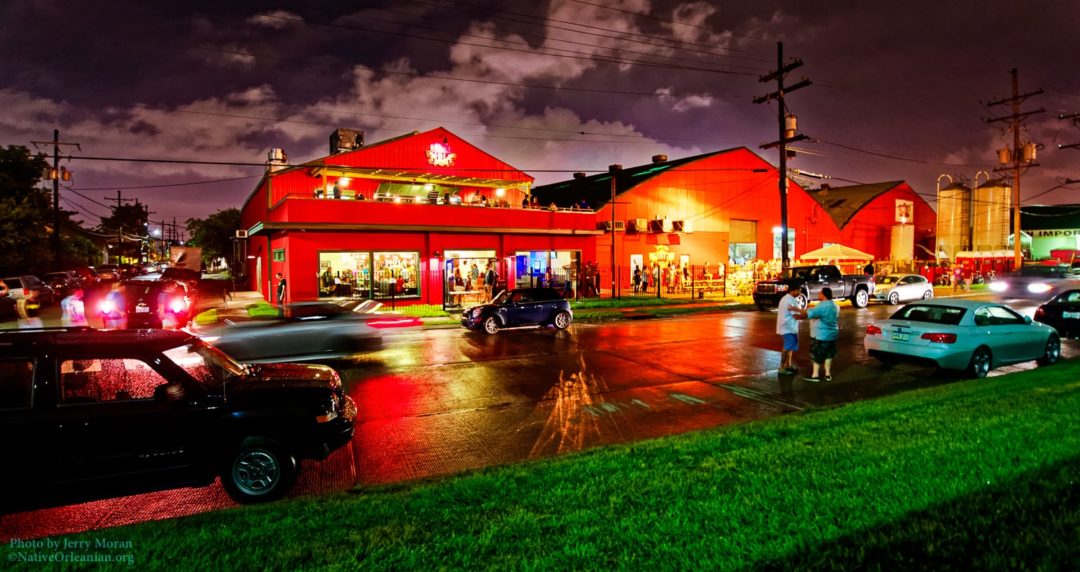
How did you get involved?
“My brother, Derek, was living here and met Peter Caddoo — the former brewmaster at Dixie — at a local homebrew club. He learned Peter and Kirk were starting a brewery, and that they were looking for someone to handle the financials and to navigate government regulations. It just so happens I went to the University of Colorado Boulder for finance!
“They happened to be in San Diego for a conference. I showed them around and — a few months later, on Halloween day in 2008 — I arrived in New Orleans. I remember there was a Widespread Panic show at UNO that night, and I’m a huge music fan, which is pretty obvious to anyone who follows our brewery and the names of our beers. I dropped off my bags and went straight to the show. They played “Born on the Bayou” and that felt like a really good omen.”
At first it was really just the three of you building the actual brewery, right? And I think you sold your first beer four months later on March 3, 2009. What was the biggest challenge in those early days?
“We were exhausted, man. We were brewing beer all day, and then — at night — we had to go from pub to pub, talking to bar managers. Because the biggest challenge was educating the consumer. New Orleans knew so little about craft beer. Managers didn’t trust their customers would pay more for our beer, and they didn’t understand why they should pay so much more for a keg of ours, versus that of a much larger and more distant brewery.”
How did you break through?
“It was slow going. Bar managers were slow to buy our beer because they didn’t think customers would pay for it, and the law didn’t allow us to have a brew pub in which we could sell directly to consumers. It was tough getting our beers into the hands of actual beer drinkers!
“We donated our beer to event after event, and that started to help. We felt like if we could get it in the hands of potential customers, they’d understand its value, and then we could start to penetrate the market.”
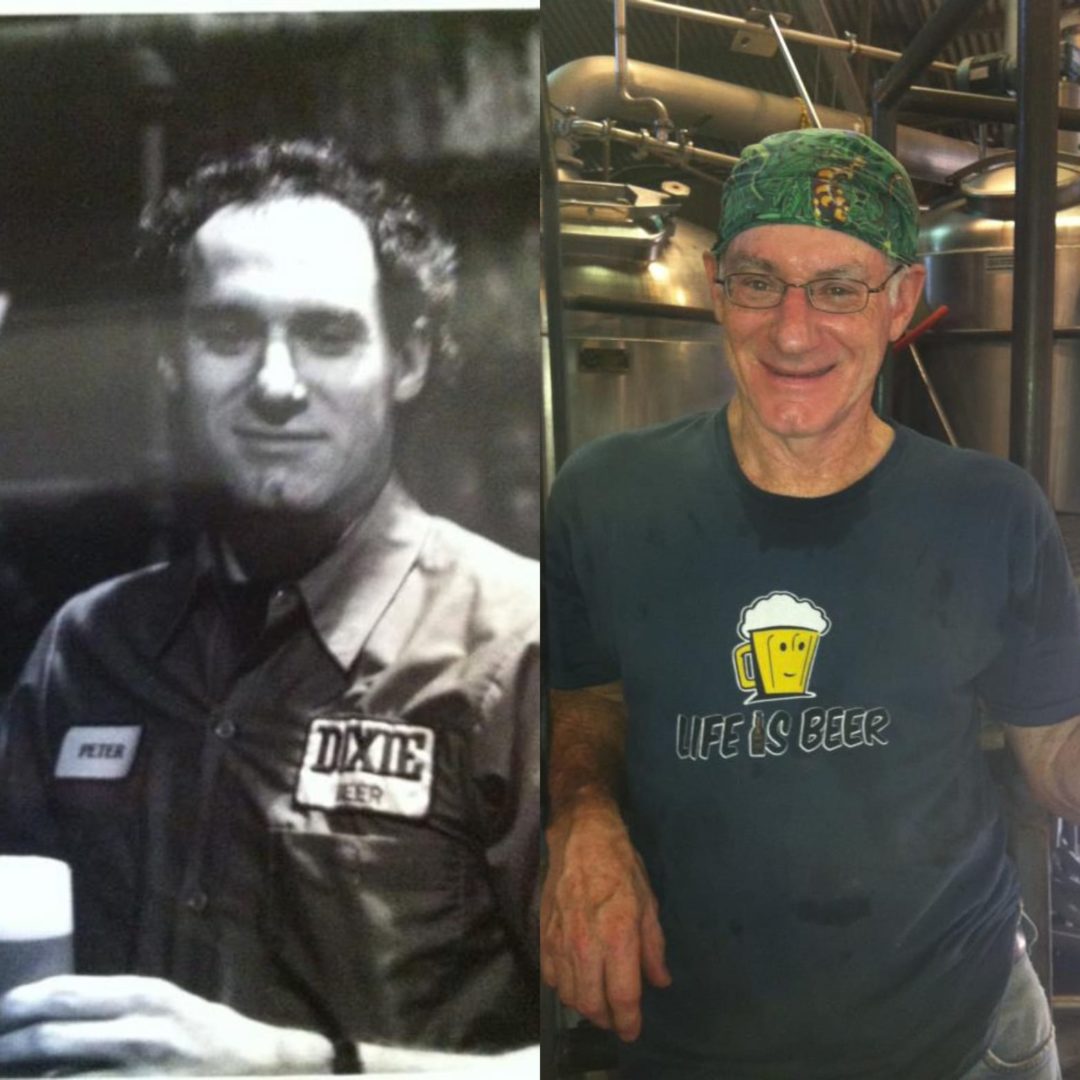
What were your early wins?
“That first beer we sold was actually at Avenue Pub, just up the street on St. Charles. Polly Watts had taken over operations of the pub a few years earlier and was in the process of turning it from a neighborhood dive to a craft beer destination. But she ran into the same problems we did — the city wasn’t quite ready yet.
“When she heard we were opening up the brewery, she was incredible. She held open two taps for our first two beers — NOLA Blonde and NOLA Brown — and without that there would have been no place for customers to buy them.
“It was a great relationship for both of us. We taught beer classes to their bartenders as they were developing their institutional knowledge, and there was a lot of information being shared back and forth.”
It sounds like you and Avenue Pub literally brought craft beer kicking and screaming to New Orleans.
“We were in it together. When we got the law changed and were able to open up the brew pub a few years later, I remember Polly had her concerns. It could have been a competition. What if the market wasn’t big enough? But all these years later, we both came out as successes — in large part because, together, we were able to turn our city onto craft beer and turn our neighborhood into a beer destination.
“Today, you can drive from Tchoupitoulas toward downtown and hit four breweries! Locals and tourists take bikes, walk, Uber or hop on a Brew Bus and go from one to the next. It’s created a thriving beer tourism industry, and that’s a far cry from what it was when we started.”
View this post on Instagram
Why did you choose the Irish Channel as a place for your brewery?
“Because of how soon after Katrina it was, the storm and flooding was definitely on our mind. This area was part of the “sliver by the river” that stayed dry. We figured it would be safest, plus we got a great deal on a long-term lease, and you can’t beat that price these days. And — with its adjacent warehouse and an additional building — it gave us space to grow into, and room for a restaurant and a full slate of weekly events from tours to music to yoga.”
Any growing pains you can share with us?
“Ha, plenty. We used to have a beer called Mecha Hopzilla — it was an Imperial IPA — and I wanted the branding to look exactly like Godzilla. Well, the owners of Godzilla didn’t like that and they sent a 12-lawyer team from Japan down to New Orleans to make sure we didn’t use the image anymore. We still have an evolution of that beer, which — as a nod to what happened — we call Hoppyright Infringement.”
View this post on Instagram
A lot has changed in 11 years. How about the types of beers you’re brewing?
“When we started, we had a city full of people used to drinking things like Budweiser. We couldn’t just charge in with a Sweet Potato Double IPA. We wanted beers that were elevated, but that wouldn’t scare people away. That’s why we started at Avenue Pub with the Blonde and Brown.”
But you’ve got a lot more now. How’d you get New Orleans into craft beer?
“We just had to nudge the market. Our third beer was the Hopitoulas — our original IPA — and next was the 7th Street Wheat. Every beer we released, we pushed a little bit farther. Once we gained the consumers’ trust, then we started to make some wild and crazy stuff!”
View this post on Instagram
And these days?
“Well, two years ago we were producing 15-20 beers per year. This year, it’s going to be 45 beers!”
Do you have a specialty?
“We’re kind of all over the map at this point, and we’re basically releasing a new beer every month. Our team loves to try new things, but we still have our year-round core beers and, believe it or not, NOLA Blonde still makes up 40% of our sales. Then we have a set of seasonal beers that rotate. We’ve got our bigger programs — like our Funk Series, which includes our sours.
“We have small-batch series Lagniappe IPA series through which we release a different style of IPA every month such as a New England IPA or a Sour IPA. And then we’ve got out Offbeat Series, which gives us enough room to fit everything else.”
View this post on Instagram
What would you recommend a newcomer to your brewery try?
“I’d recommend trying a bunch. And, obviously, it depends on your tastes. But my brother is churning out new beers in our Funk Series. They’re winning national medals and awards, and people really seem to love them. We think these mixed-culture wild ales are something we do uniquely well, and — while they might make your face pucker if it’s your first one — I think we’ve got some really fun stuff to try. Arabella, for example, is like drinking a peach lemonade on the porch!”
View this post on Instagram
You operated for six years before another brewery opened in the city. Do you feel any special responsibility for the health of the New Orleans’ craft beer movement since you were there from the start?
“I guess starting out so early, we did pave a road for others in certain respects. We helped reinterpret that brewpub legislation which is essential to running a successful brewery, and we’re extremely proud to have helped develop New Orleanians taste for better beer.”
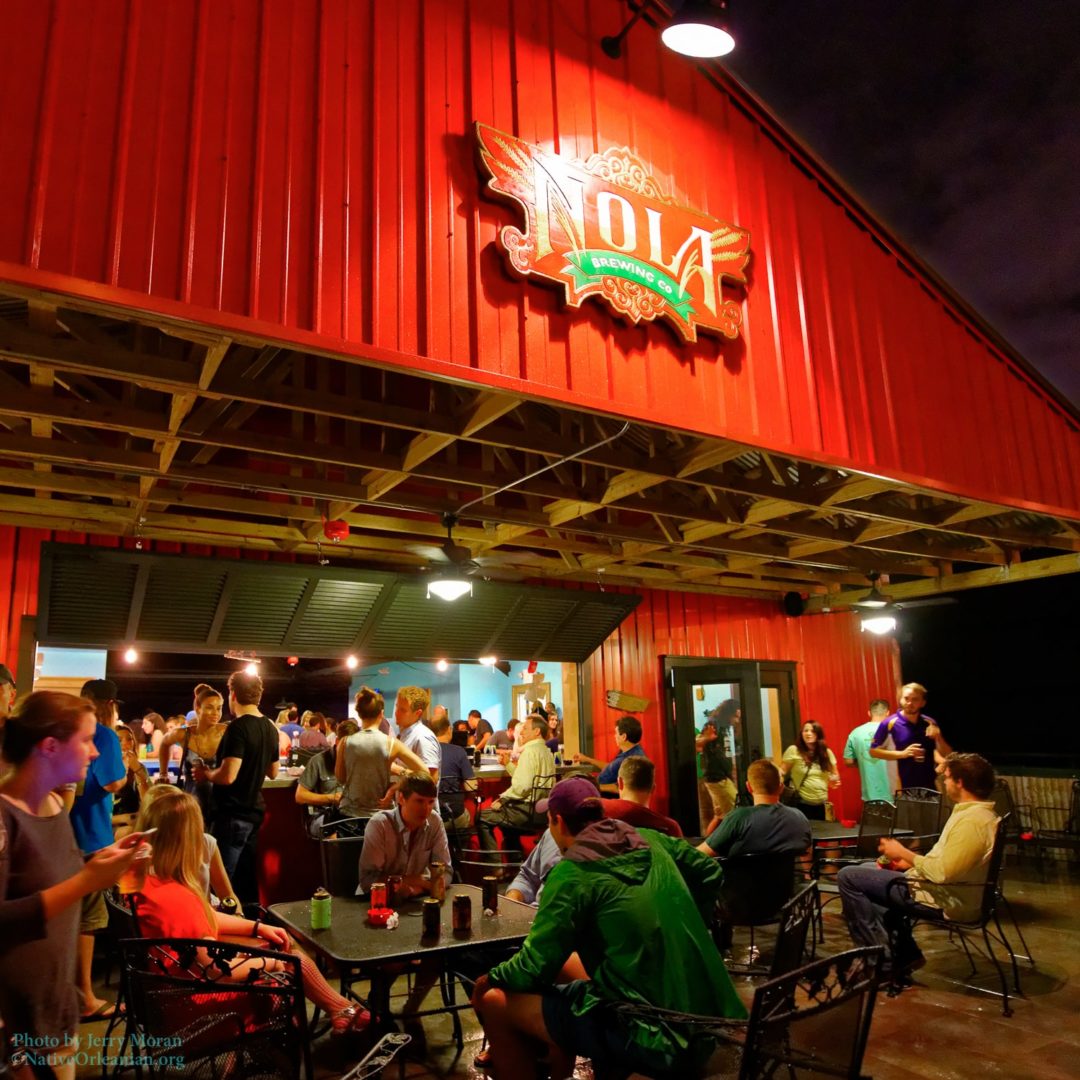
“We owe New Orleans a lot. We’re just really proud to have a city like it to call home. We give back whenever we can — whether it’s donating beers for events — or through our fundraiser beers like our Muses Belgian Pale Ale or our Revivalists Pale Ale. Like I said, music’s important to us, and through our fundraising efforts, we’ve raised over $100,000 to put instruments in local kids’ hands in programs like The Roots of Music. … When someone picks up our beer and they see “NOLA” we want them to think as highly of our city as we do.”
WRITER MATT HAINES LIVES IN NEW ORLEANS. FOLLOW HIM AS HE DISCOVERS ALL THINGS BEER AND BEYOND AT MATTHAINESWRITES.COM, AND ON FACEBOOK, INSTAGRAM AND TWITTER.

